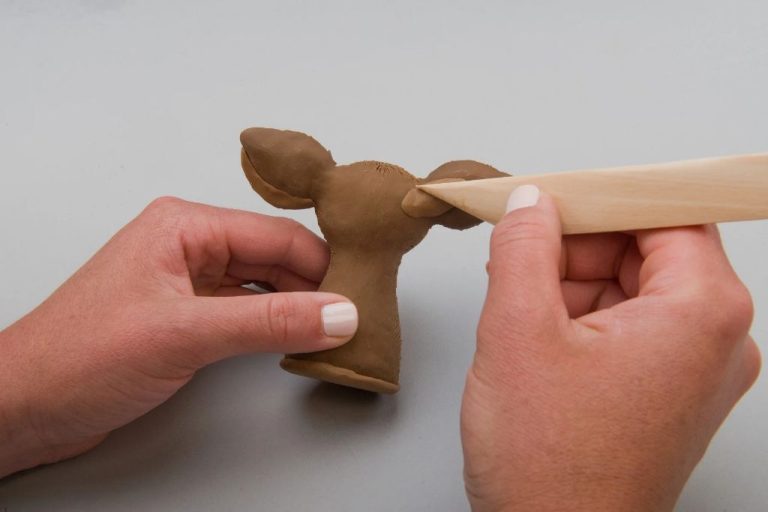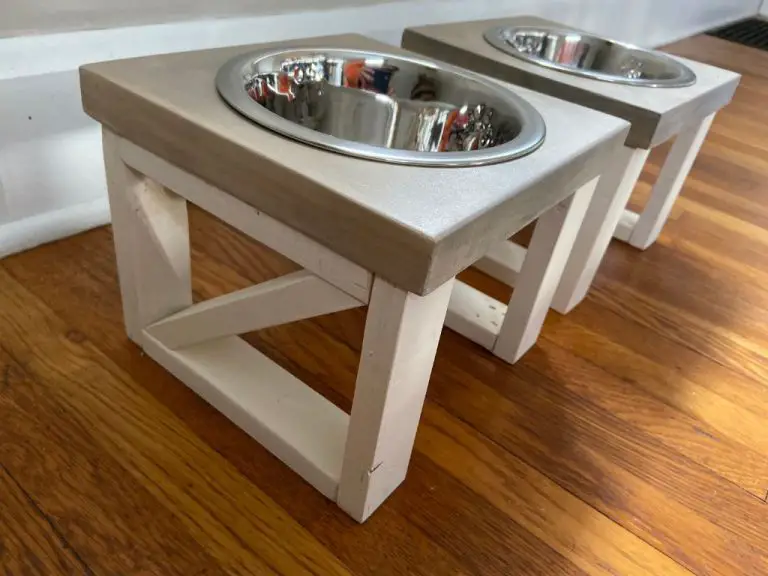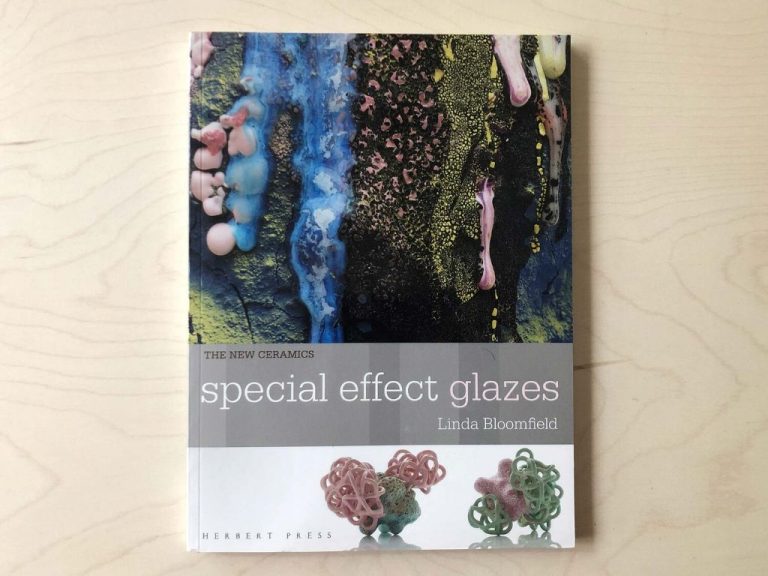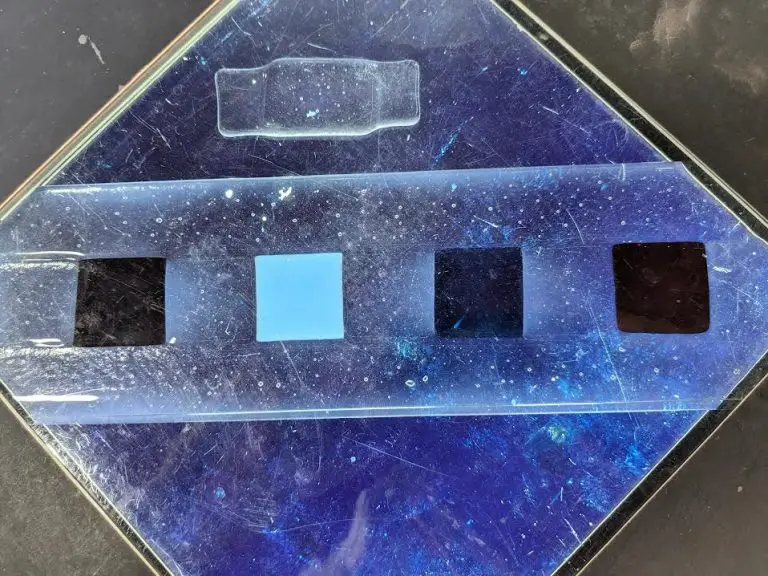What Is The Difference Between Clay And Terracotta Pots?
Clay pots and terracotta pots are two common types of ceramic flower pots and planters. Both are made from clay, an abundant natural material, that is shaped and fired at high temperatures. However, there are some key differences between these two pot types in terms of their manufacturing process, appearance, porosity, water absorption, weight, durability and intended uses.
This briefly introduces clay and terracotta pots. Let me know if you would like me to modify or expand the introduction section.
Definitions
Clay is a naturally occurring material composed primarily of fine-grained minerals, which is plastic when moist but hard when fired. The composition of clay varies, but it generally contains fine-grained silica and alumina minerals such as kaolinite (Clay composition).
Terracotta, also called terra cotta, is a type of clay originating from several earthen wares with a distinct orange/red color. It is often used for pottery, sculpture making and architectural decorations. Terracotta is made from secondary clay, containing high levels of iron oxide which gives it the distinct reddish-orange color after firing. Exact composition varies, but in pottery terracotta refers to fired secondary modeling clay (Terracotta composition).
Manufacturing Process
Clay pots are made from natural clay that is dug up from the earth. The clay is cleaned and kneaded to remove impurities, then formed into the desired shape using a pottery wheel or molds. The shaped clay is left to air dry until it hardens enough to retain its form. Once dried, the pots are fired in a kiln at high temperatures ranging from 1000-1200°C to fully harden them. This process of firing permanently transforms the clay into a durable, ceramic material through sintering. Decorations can be added before or after firing using glazes, paints, and other techniques.
Terracotta pots are made from terracotta clay that has high iron content. The clay is cleaned and kneaded, then shaped using molds or by hand. The shaped clay is air dried until hard, then fired at lower temperatures around 900-1000°C compared to regular clay pots. The iron content gives terracotta its distinctive reddish-orange color after firing. Terracotta is more porous than regular clay, making the pots permeable to air and water. The porous texture helps to absorb excess moisture from the soil. Terracotta pots are usually left unglazed.
The key difference is that terracotta pots are made from terracotta clay containing iron oxide and fired at lower temperatures, giving them a porous, permeable texture. Regular clay pots use refined clay and are fired at higher temperatures to create a denser, less porous ceramic material that can be decorated with glazes.
Appearance
There are some key visual differences between clay and terracotta. Clay in its raw form is typically grayish in color and feels cool and damp to the touch. It can be molded into any shape. Terracotta, on the other hand, refers to clay that has been fired at high temperatures, causing it to harden. According to https://artabys.com/whats-the-difference-between-terracotta-and-clay/, terracotta usually has an orange-red color because of minerals like iron oxide that are present. It also develops a ceramic glaze and feels dry and brittle. The firing process gives terracotta a rougher, grainier texture compared to unfired clay. While clay can be molded continuously, terracotta maintains its hardened shape after firing.
Visually, terracotta pots and sculptures have an earthy, rustic look because of their reddish-orange hue. In comparison, unfired clay pots and items have a muted, grayish tone. The color difference comes from chemical changes during the high temperature firing process. Overall, the smoother, flexible property of clay contrasts with the rigid, coarse surface of terracotta.
Porosity
Porosity refers to the amount of empty space within the structure of the fired clay. This empty space allows the clay to absorb liquids. Terracotta is considered a porous clay, which means it has a high porosity, generally around 30%. The porous nature of terracotta allows it to absorb moisture from the soil and atmosphere, helping to keep plant roots from getting waterlogged.
In comparison, stoneware clays have lower porosity, usually around 3-5%. This makes stoneware less permeable to water and liquids. The lower porosity gives stoneware increased strength and durability compared to more porous terracotta. However, the minimal porosity still allows stoneware to absorb some water and moisture.
Water Absorption
One major difference between clay and terracotta pots is their water absorption rates. Terracotta is generally more porous and absorbs more water than clay (Water Absorption in Pottery Clay). The porous nature of terra cotta allows it to soak up water through the sides and bottom of the pot (Why You Should Pre-Soak Terra Cotta Pots).
Many types of clay used for pots have a low absorption rate of 3% or less. In contrast, terra cotta can have an absorption rate ranging from 5-20%, allowing it to pull more water through the pot walls. This makes terra cotta pots better suited for plants that require excellent drainage and aeration from frequent watering.
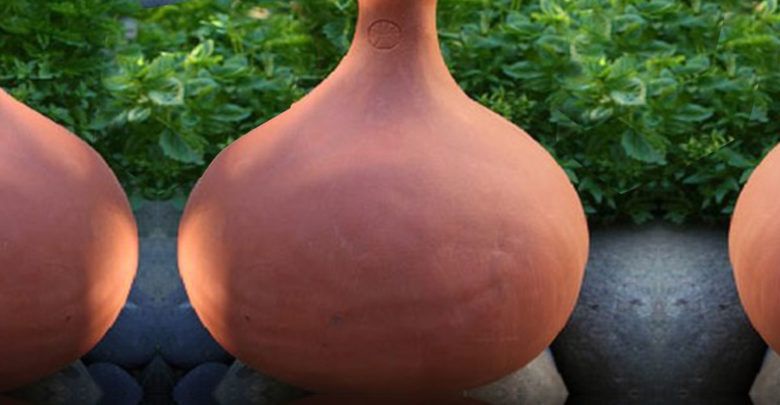
The higher porosity and absorption rate of terra cotta also means the pots are more prone to drying out. Clay pots with less absorption can retain moisture better between waterings. Knowing the absorption rates helps determine which material is better for different types of plants.
Weight
There are some notable differences when comparing the weights of clay pots versus terracotta pots.
Clay pots tend to be heavier, with thicker walls that weigh more. A standard 6-inch clay flower pot may weigh around 1-2 lbs. Larger clay pots like 12-14 inch pots can weigh upwards of 5-10 lbs depending on thickness.
Terracotta pots are fired at a higher temperature so they tend to be more porous and lightweight. A standard 6-inch terracotta flower pot usually weighs 0.5-1 lb. Larger 12-14 inch terracotta pots weigh around 2-5 lbs.
The porosity and firing process makes terracotta lighter overall compared to traditional clay. According to sources like Pennington, a 4.25 inch terracotta pot weighs around 0.6 lbs whereas a comparable clay pot weighs nearly double.
The lighter weight of terracotta makes the pots easier to move around and less prone to breaking when dropped. The thicker clay holds more weight but is more brittle. Gardeners should factor weight into decisions when picking between clay and terracotta planting containers.
Durability
Terracotta pots are known for being durable yet fragile at the same time. The clay material is fired at extremely high temperatures which makes it very hard and weather resistant. According to Limestone Learning Center, “Terracotta is a naturally resilient material, fortified with fire and glaze. It’s fireproof, weather-proof, impervious to temperature fluctuation and generally tougher than common earthenware pots.”
However, terracotta is still prone to cracking and breaking if subjected to sharp impacts or rapid temperature changes. Rural Sprout notes that “Good quality Italian terracotta pots can last decades if properly cared for.” But they caution that terracotta pots can crack or shatter if banged into hard objects or exposed to freezing temperatures when wet. Overall, with proper care, terracotta pots are durable for many years of outdoor use.
In summary, the durability of terracotta pots depends on material quality and proper handling. Their porous fired clay material makes them very durable against weathering but prone to cracking if mishandled.
Uses
Clay pots and terracotta pots are commonly used for a variety of purposes both indoors and outdoors. Here are some of the most popular uses:
Gardening and Plants – Clay and terracotta pots are frequently used for growing plants, herbs, flowers, and vegetables. The porous material allows air and water to reach plant roots. Clay pots are especially beneficial for drought-resistant plants like succulents and cacti. They can help regulate moisture. The weight and shape of the pots also provide stability for top-heavy plants (Source).
Decor – The natural look and feel of terracotta makes it popular for home decor both inside and out. Pots can be used as decorative planters on patios and porches. They also add visual interest as stand-alone accents. Clay pots are commonly used to hold flowers and plants for indoor tabletop arrangements and centerpieces (Source).
Cooking and Baking – Before modern cookware, clay pots were essential for cooking food over fire. Today, unglazed clay pots are still valued by chefs for even heat distribution when baking bread or cooking stews and crispy rice dishes. Small clay pots can be used to serve dips and sauces at the table.
Outdoor Accents – Terracotta and clay pots get creative outdoor use as bird baths, chimney flues for outdoor fireplaces, or improvised chimneys on primitive cabins. They can serve as yard art, hold water for animals, or provide hiding spots for small creatures like frogs and toads.
Conclusion
In summary, the key differences between clay and terracotta are:
- Clay is the raw natural material, while terracotta refers to baked clay.
- Terracotta has lower porosity and absorbs less water than unbaked clay.
- Terracotta is more durable, heavier, and conducts heat better due to the baking process.
- Clay can be molded into various forms before baking, while terracotta refers to the final baked product.
- Clay is used for pottery, sculptures, and crafts before baking, while terracotta has uses such as flower pots, tiles, and decorative items after baking.
Overall, terracotta undergoes an additional baking process that transforms soft, porous clay into a more dense, durable ceramic material.

